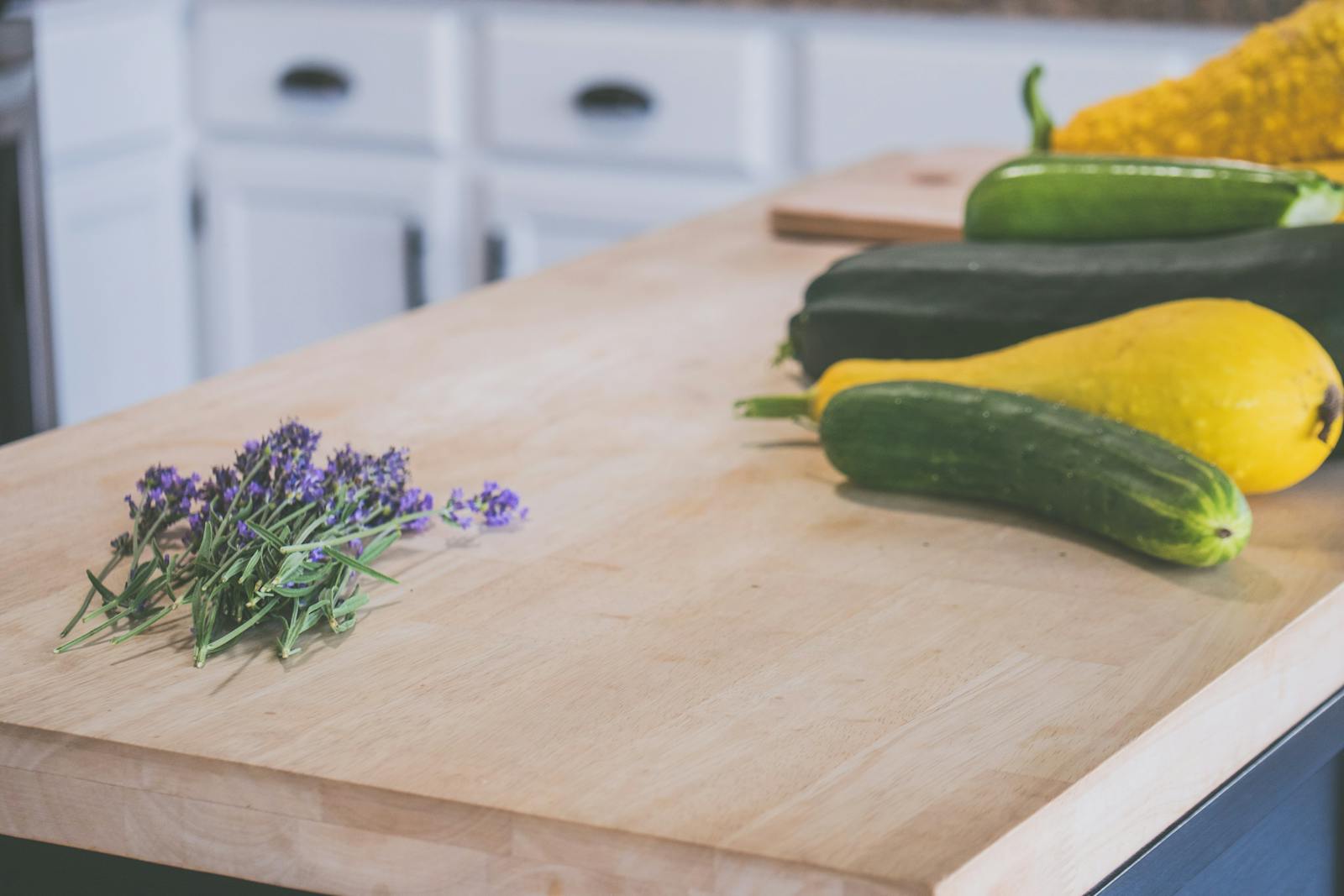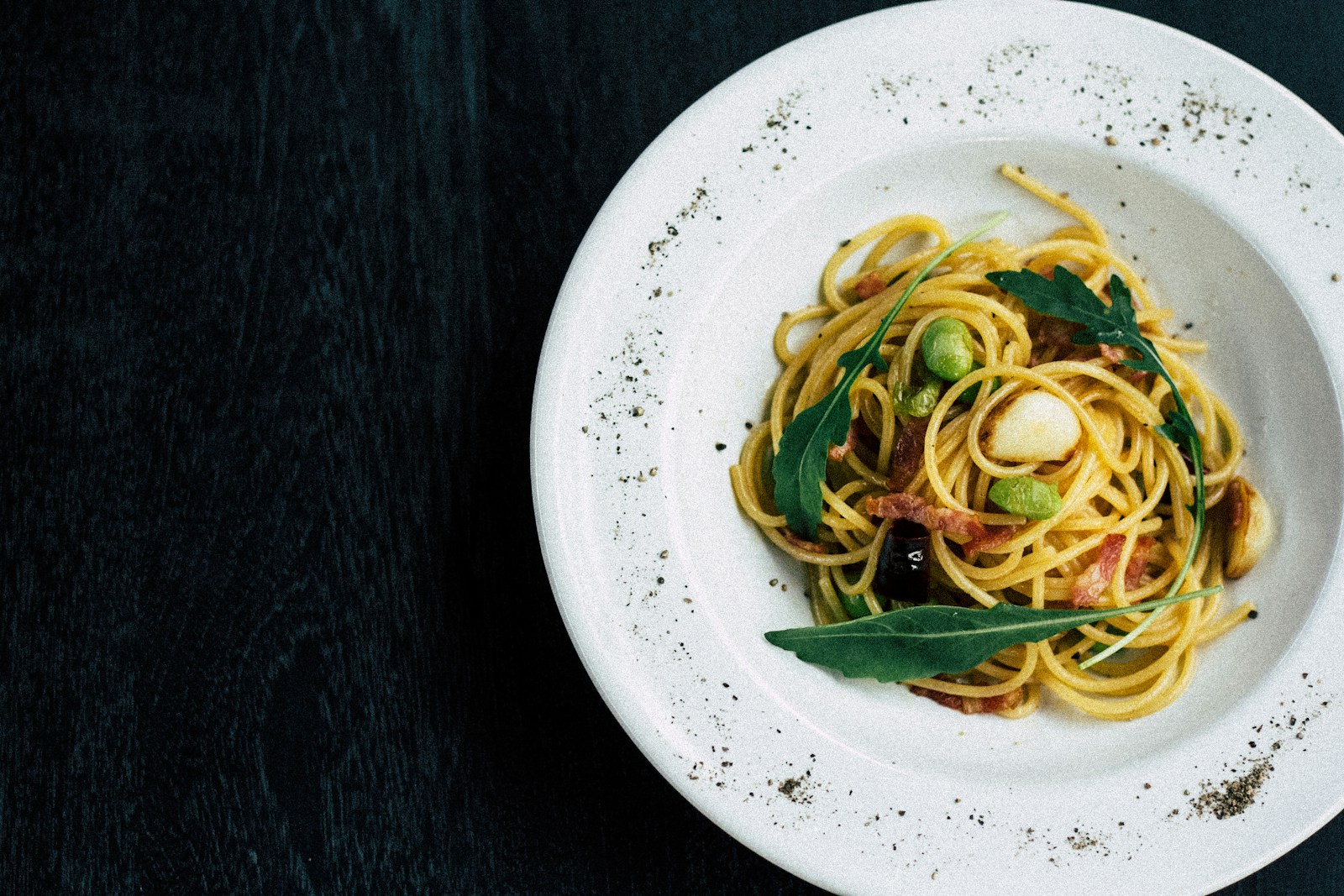Quick & Easy Weeknight Dinners: 30-Minute Meals
The Dinner Dilemma: Time vs. Taste
The clock is ticking. You’ve had a long day. The kids are hungry, or you are. The question that looms is: what’s for dinner? The desire for a home-cooked meal clashes with the reality of limited time. Ordering takeout is easy, but it can be expensive and not always the healthiest choice. This is where quick and easy weeknight dinners come into play, offering a solution that satisfies both the craving for something delicious and the need for speed. These 30-minute meals are designed to be simple to prepare, using readily available ingredients, and delivering satisfying results.
Planning for Success: The Prep Game
Before you even think about turning on the stove, a little planning can make a huge difference. A well-stocked pantry and refrigerator are your best friends in this endeavor. Keep staples like pasta, rice, canned beans, and a selection of spices on hand. Frozen vegetables are a lifesaver, offering convenience and nutritional value. Think about what you enjoy eating, and write a list of potential meals. This list can be as simple or as elaborate as you like.
Consider meal prepping, even if it is just prepping ingredients. Chopping vegetables on the weekend, portioning out grains, or marinating meats ahead of time can significantly cut down on cooking time during the week. A little bit of effort upfront can save a lot of time and stress later.
Speedy Suppers: Recipes to the Rescue
Let’s get to the good stuff: the recipes. Here are a few ideas to get you started.
* **One-Pan Lemon Herb Roasted Chicken and Vegetables:** This dish is a complete meal in one pan, minimizing cleanup. Toss chicken pieces and your favorite vegetables (potatoes, carrots, broccoli) with olive oil, lemon juice, herbs (rosemary, thyme), salt, and pepper. Roast in a preheated oven at 400°F (200°C) for about 30 minutes, or until the chicken is cooked through and the vegetables are tender.
* **Speedy Shrimp Scampi with Pasta:** This classic dish comes together in a flash. Cook your favorite pasta according to package directions. While the pasta is cooking, sauté shrimp in butter or olive oil with garlic. Add white wine (optional), lemon juice, and a sprinkle of red pepper flakes for a little kick. Toss the cooked pasta with the shrimp scampi sauce and garnish with fresh parsley.
* **Black Bean Burgers with a Twist:** Forget the frozen patties. These are quick, easy, and much tastier. Mash canned black beans with breadcrumbs, spices (cumin, chili powder), and a binder like egg or flaxseed meal. Form into patties and cook in a skillet or bake in the oven. Serve on buns with your favorite toppings, like lettuce, tomato, and avocado.
* **Quick Chicken Stir-Fry:** A stir-fry is a great way to use up leftover vegetables. Cut chicken into bite-sized pieces and stir-fry in a wok or large skillet with your preferred vegetables (peppers, onions, snap peas). Add a pre-made stir-fry sauce or create your own with soy sauce, ginger, garlic, and a touch of honey or brown sugar. Serve over rice or noodles.
* **Tuna Melts with a Gourmet Touch:** This is not your average tuna melt. Mix canned tuna with mayonnaise, celery, onion, and a squeeze of lemon juice. Spread on your favorite bread and top with cheese. Instead of the usual cheddar, use a more interesting cheese like provolone or Gruyère. Toast in a skillet or under the broiler until the cheese is melted and bubbly.
Ingredient Swaps and Adaptations
The beauty of these quick meals is their flexibility. Feel free to adapt the recipes to your preferences and what you have on hand. Don’t like shrimp? Substitute chicken or tofu. No fresh herbs? Use dried ones. Running low on a certain vegetable? Swap it for something else. The key is to be resourceful and embrace the idea of using what you’ve got.
Consider ingredient substitutions to make the meals healthier or more budget-friendly. For example, you can swap white rice for brown rice or quinoa, use lean ground turkey or chicken instead of beef, and add extra vegetables to increase the nutritional value.
Kitchen Tools That Help
Certain kitchen tools can make cooking faster and easier. A good quality chef’s knife is essential for efficient chopping. A food processor can speed up the process of chopping vegetables or making sauces. A non-stick skillet can prevent food from sticking and make cleanup a breeze. A microwave is great for quickly cooking vegetables or reheating leftovers.
Meal Planning and Grocery Shopping Strategies
Effective meal planning is more than just deciding what to eat. It involves creating a shopping list based on your planned meals. Check your pantry and refrigerator to see what you already have, and then list the ingredients you need to buy. Try to stick to your list to avoid impulse purchases and reduce food waste.
Consider shopping at different stores to find the best prices and selection. Farmer’s markets can be a great source of fresh, seasonal produce. Discount grocery stores often offer lower prices on staples.
Cooking Techniques for Speed
Several cooking techniques can help you prepare meals quickly. Mise en place, which means “everything in its place,” is a French culinary term that refers to preparing all your ingredients before you start cooking. This includes chopping vegetables, measuring spices, and having all your tools ready.
Using pre-cut vegetables or pre-cooked grains can also save time. Don’t be afraid to use convenience items like pre-made sauces or marinades.
Dealing with Dietary Restrictions and Preferences
Quick meals don’t have to exclude anyone. If you or your family members have dietary restrictions, like gluten intolerance or vegetarianism, you can easily adapt the recipes. Use gluten-free pasta, substitute tofu or beans for meat, or adjust the ingredients to meet your needs.
Always read food labels carefully to check for allergens or ingredients you want to avoid. Don’t be afraid to experiment with different flavors and ingredients to create meals that everyone will enjoy.
Making it a Habit: Tips for Success
Making quick weeknight dinners a regular part of your routine takes practice and commitment. Start small, by planning and preparing one or two meals per week. Gradually increase the number of meals as you become more comfortable.
Don’t be afraid to ask for help. If you have family members, involve them in the cooking process. Assign tasks like chopping vegetables or setting the table. This not only lightens your load but also teaches valuable skills.
Be patient with yourself. There will be times when things don’t go according to plan. Don’t get discouraged. Learn from your mistakes and keep trying. Cooking should be enjoyable, not a source of stress.
The Role of Technology and AI
Technology can assist in many ways to make quick meals. There are many apps and websites that offer meal planning tools, recipes, and grocery lists. These tools can help you organize your meals, save time, and reduce food waste.
AI is also starting to play a role. Some systems can analyze your dietary preferences, available ingredients, and time constraints to suggest recipes. These systems can even generate shopping lists based on the recipes you choose. AI can also help you discover new recipes and adapt existing ones to your needs.
Beyond the 30 Minutes: Leftovers and Batch Cooking
Even a 30-minute meal can be stretched further. Plan for leftovers. Cook extra portions of your meal to enjoy for lunch the next day or to freeze for a future meal.
Batch cooking is another way to save time. On the weekend, cook a large batch of grains, beans, or vegetables. Store them in the refrigerator or freezer to use throughout the week. This can significantly reduce the cooking time for your weeknight meals.
Embracing the Joy of Cooking
Quick weeknight dinners don’t have to be a chore. Embrace the process and find the joy in creating something delicious. Put on some music, pour yourself a glass of wine, and relax. Cooking should be a pleasurable experience, a time to unwind and nourish yourself and your loved ones.
Remember that a home-cooked meal doesn’t have to be perfect. It’s about sharing food, creating memories, and enjoying the simple pleasures of life. So, grab your apron, gather your ingredients, and get cooking. You’ve got this!










